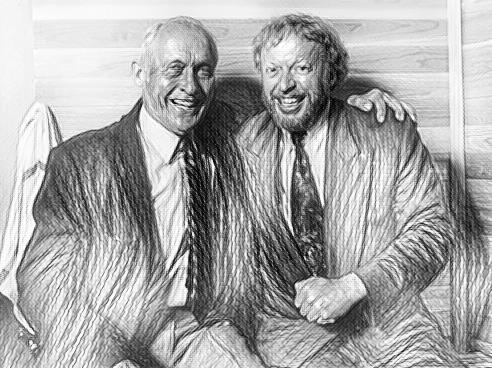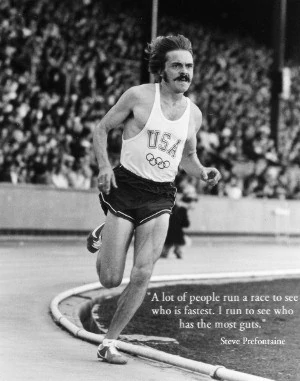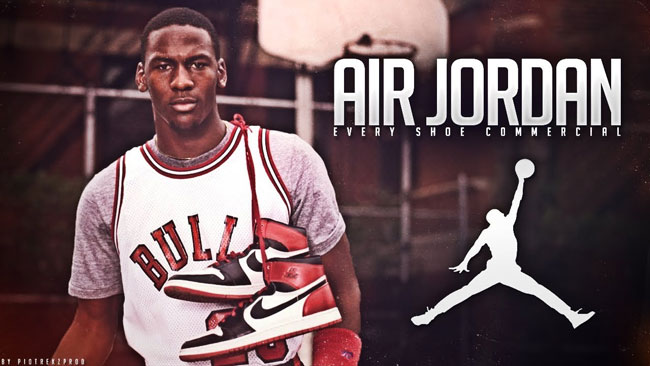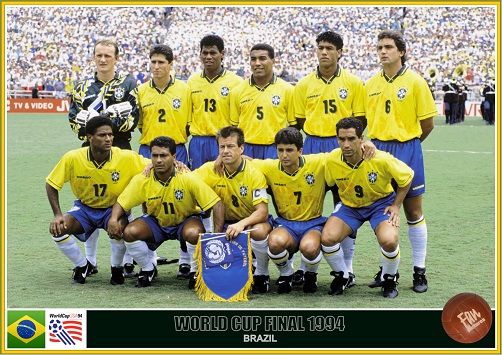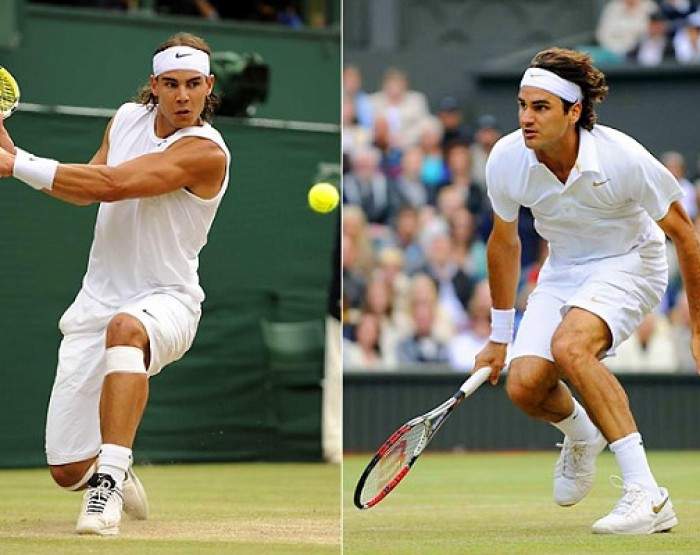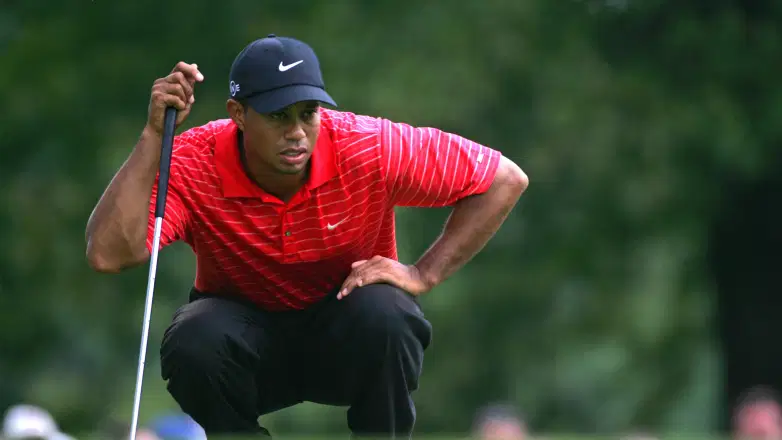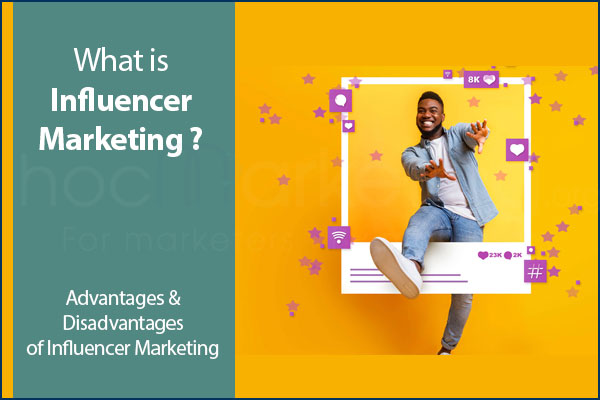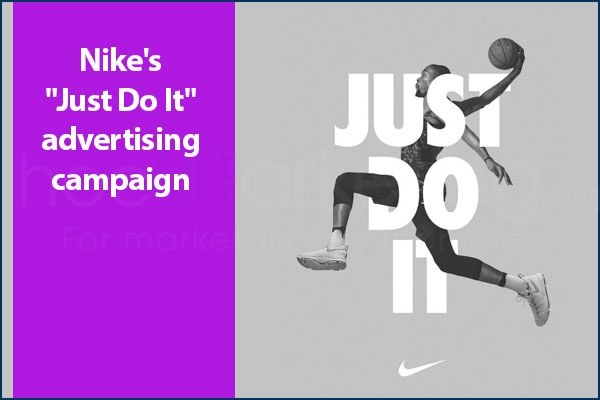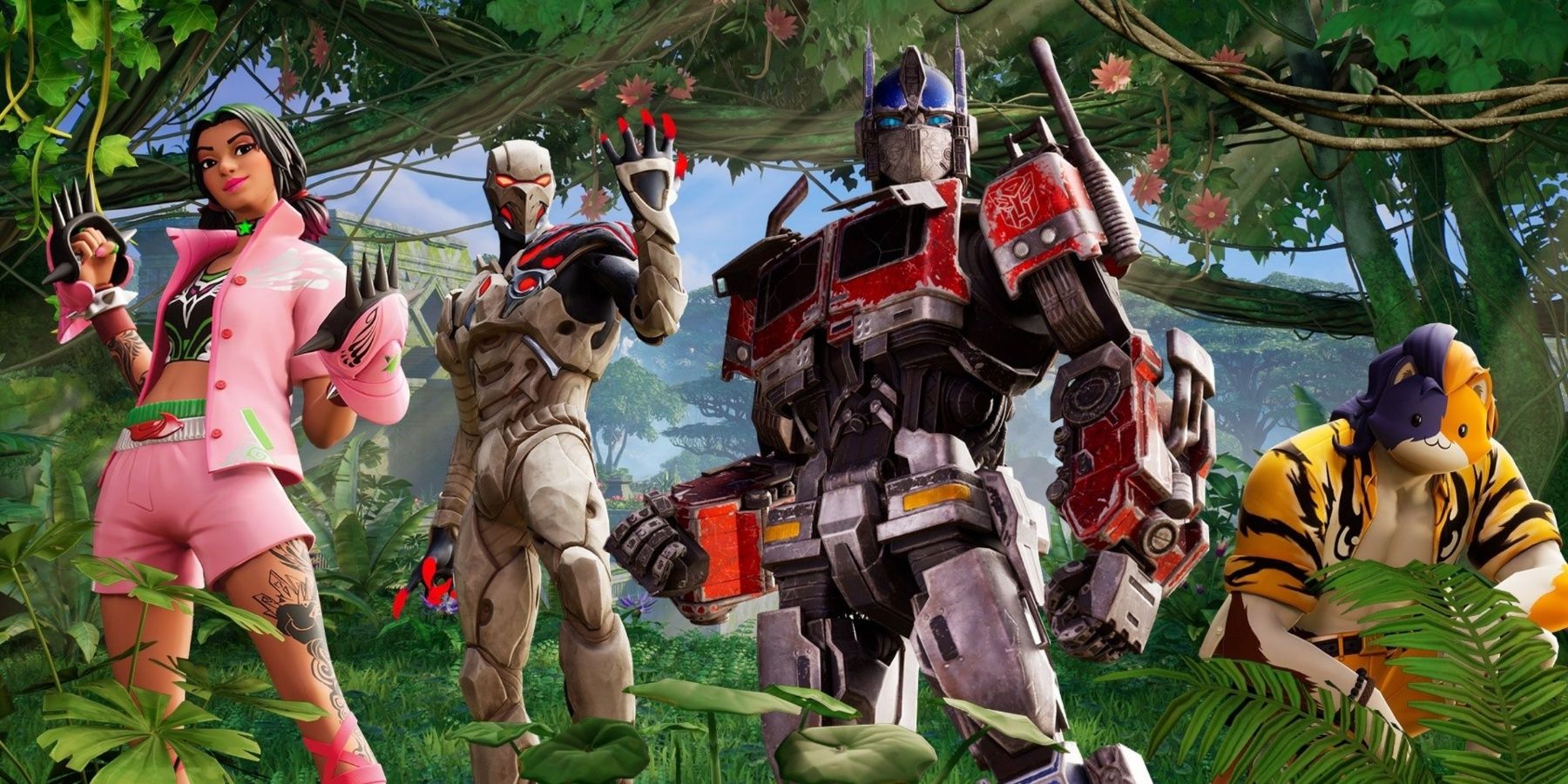
Nike's Influencer Marketing strategy

Analysis of Nike's Influencer Marketing strategy - The king in the sports clothing and footwear industry.
About Nike
Nike was founded by Bill Bowerman (an athletics coach at the University of Oregon) and Phil Knight (a student of Bill Bowerman) on January 25, 1964 with the original name Blue Ribbon Sports. Since its inception, Phil Knight has believed that technologically advanced shoes for runners can be produced at competitive prices if production takes place outside the United States territory. This belief has helped Nike to find foreign production partners, helping Nike to have such a large network of manufacturing partners today. Additionally, Nike's commitment to consistently creating innovative, engineered shoes for athletes helps build trust among consumers in the United States.
Bill Bowerman (left) & Phil Knight (right) - 2 founders of the Nike empire
Nike's Influencer Mindset
Nike believes in the "pyramid spillover" theory where the preferences of top athletes influence the product and brand choices of other consumers. Nike's marketing campaigns always feature the image of one or more famous athletes. Steve Prefontaine - American track and field athlete - is one of the names that can be mentioned when discussing this issue. Steve Prefontaine has set countless records in the 1000 - 2000m races at the Olympic Games in 1976. He was also the first character to be chosen as a brand ambassador for Nike, with the right kind of reckless attitude which Nike is looking for.
Steve Prefontaine - Athlete - One of Nike's First Influencers
Nike & Micheal Jordan
In 1985, Nike signed basketball superstar Michael Jordan, also acting as a spokesman similar to Steve Prefontaine. The deal cost Nike a lot of money, but the boldness paid off as the Air Jordan line helped Nike rake in more than $100 million in sales in its first year alone. In a report, the writer stated that "Few marketers can realize that signing a famous athlete can bring such great effects."
Air Jordan - Nike-made product line bearing the image of Michael Jordan
In 1988, Nike launched a $20 million advertising campaign - "Just Do it". This campaign is broadcast on 12 sports TV channels, with content that fuels passion and motivates athletes in pursuit of their goals. This is a natural expression of Nike's vision of self-development through sports.
As Nike began expanding its reach outside of the United States, the company found that American-style ads were considered slick when they were aired or shown in Europe, Asia, and South America. . Nike realized that the company had to differentiate its brand in other countries. That's why the company focused on football (known as soccer outside of the US), and of course Nike became a major sponsor of youth soccer leagues, clubs and even sports. is the national team. However, for Nike to be able to build its own identity in the football fanbase, consumers need to be able to see the images of professional players using its products, especially the superstars. Stars have won the big matches.
Nike & Brazilian soccer team
1994 marked a big leap for Nike when the Brazilian team (the only team sponsored by Nike that year) won the World Cup that year. This victory completely changed Nike's image, transforming Nike from a growing shoe business into an international symbol of emotion, loyalty and identity. Obviously, investing in football - the king sport has helped Nike thrive in the international environment. Then, 2003 marked the first time that Nike's international sales exceeded the total domestic market. In 2007, Nike acquired Umbro - a manufacturer of shoes and accessories specialized for football. This acquisition has helped Nike become the exclusive brand supplying products to more than 100 professional teams around the world and raised Nike's image to a new level. Then, Nike sold Umbro back in 2012 for $225 million.
Brazil - The only team that Nike sponsored in the 1994 world cup won the championship
Nike and the Olympic Games
Trong những năm gần đây, phần lớn nguồn lực của Nike tập trung vào việc mở rộng thị phần trên thương trường quốc tế. Trong suốt thời gian diễn ra thế vận hội Olympics mùa hè năm 2008 ở Bắc Kinh, Nike đã tập phát triển một chiến lược Marketing nhằm cạnh tranh với sự tài trợ đến từ đối thủ nặng ký Adidas. Nike đã nhận được đặc cách từ Uỷ ban Olympic Quốc tế để phát những quảng cáo mang thương hiệu của chính mình trong suốt thời gian diễn ra các trận đấu thể thao. Bên cạnh đó, Nike còn tài trợ khá nhiều đội tuyển và vận động viên, trong đó đa số đến từ chủ nhà Trung Quốc. Chiến lược tài trợ "dữ dội" này đã giúp Nike tăng 15% thị phần trên thị trường giày thể thao châu Á.
Nike and the pair of Wimbledon tennis superstars
In addition to expanding market share in foreign territories, Nike also successfully expanded its coverage in terms of product categories, including shoes, accessories and specialized equipment for many sports. other sports such as volleyball, baseball, swimming, track and field... Applying its success formula, Nike maintains the iconic image of professionalism and success by aligning with teams the top star in the sports world. One of the concrete examples is that Nike has signed advertising contracts with tennis stars such as Maria Sharapova, Roger Federer, Rafaeal Nadal to promote products for this sport. Or the match between two tennis legends Roger Federer and Rafael Nadal in the Wimbledon season is said to have a commercial value of up to 10.6 million USD when both players wear Nike products from head to toe.
Roger Federer and Rafael Nadal both wore Nike in the same match of the Wimbledon season
Nike & Tiger Woods
To maintain the promotion of basketball product lines, Nike continues to sign two basketball superstars Kobe Bryant and LeBron James. For the golf product line, Nike looked to one of the kings of golf at that time - Tiger Woods. The signing of an advertising contract with Tiger Woods helped raise the value of the Nike Golf division to $ 523 million and completely changed the way "golfers" dress today. The strong influence of Tiger Woods on this sport and the outstanding style called Nike has turned the lawns into "Nike Golf fashion catwalks".
Tiger woods - Nike's Influencer in golf
Nike is the biggest sponsor of athletes around the world and plans to spend more than $3 billion on influencers between 2012 and 2017. The company has always been on the side of athletes to help promote athletes. assist them in dealing with personal problems or scandals (eg: Tiger Woods and Kobe Bryant). However, the unique case of Lance Armstrong in a suspected drug use case led Nike to terminate the contract with this athlete. Nike has explained to the public that "Nike does not condone or promote any fraudulent use of drugs in sports", although Nike has previously supported the development of Armstrong's LIVESTRONG campaign. To raise funds for cancer treatment. During the campaign, more than 80 million LIVESTRONG bracelets were sold, with an estimated $500 million in net sales for the Lance Armstrong Foundation.
While Nike influencers help businesses reach consumers, Nike's technological innovations help Nike succeed in building customer loyalty and emotionally connecting with consumers. use. For example, in June 2012, Nike launched "Nike+", an app that enhances the running experience by allowing users to see their real-time pace, distance and route, as well as providing them with good methods and tips for practicing. Not long after that, Nike's share of the running product market increased to 60%, improving the company's lead. With that successful formula, Nike continues to improve the software so that it can reach users in other sports such as basketball, football ...
Summary
Like many other businesses, Nike is trying to improve the production process as well as products in an increasingly environmentally friendly direction. However, unlike many other businesses, Nike isn't trying to use it for self-promotion. One of the company's consultants once told an interview: "Nike is always aiming to win. In what ways is sustainability similar to Nike?". Nike senior managers believe that promoting an eco-friendly message will make Nike's image label "high-tech", which has been around for a long time, therefore, efforts to recycling their product should be kept silent.
Thanks to its success in expanding both geographically and product lines, Nike is the king of athletic apparel and footwear worldwide. In 2014, Nike's revenue exceeded $ 27 billion, helping the business dominate the market with 31% of the global market share and 50% of the domestic market share (USA). Although Nike now offers a number of other product lines such as wristwatches, skateboards and swimming caps, the company's long-term strategy is still focused on sportswear, footwear and accessories for men and women. sports: running, basketball, football, gym and other action sports.
